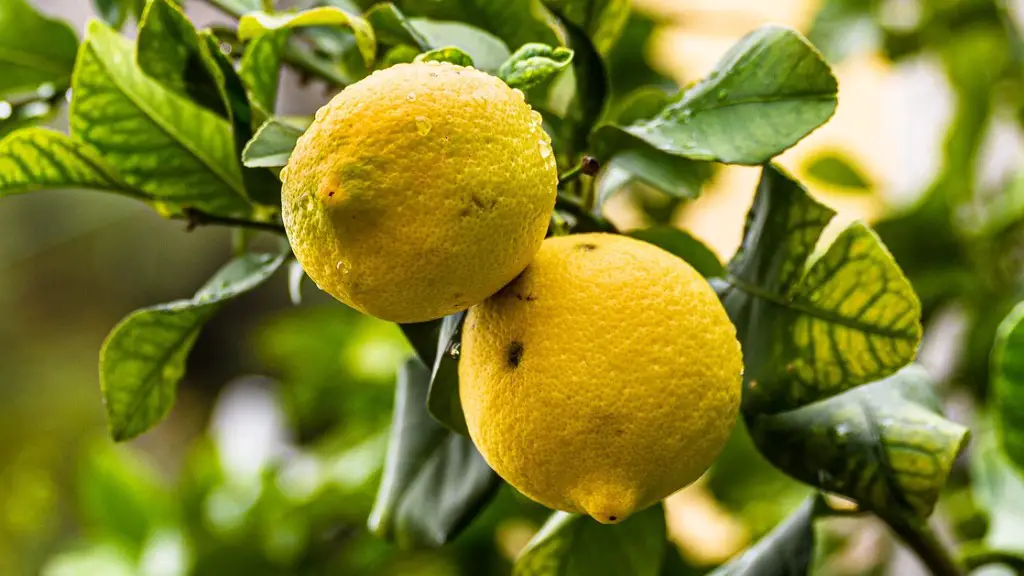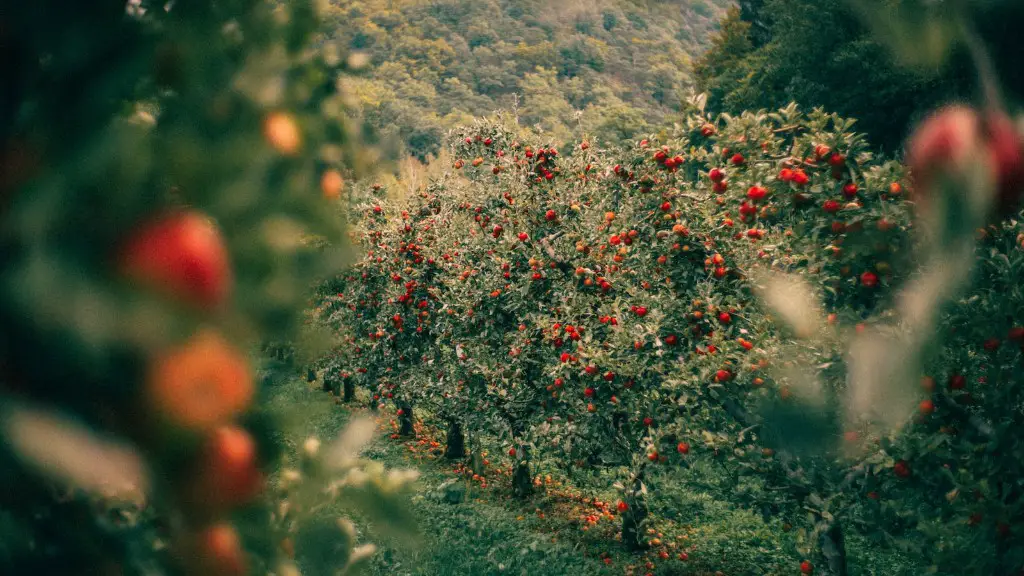Cherry trees are lovely, and their fruit is delicious. Some people think that you can only grow a cherry tree if you have a lot of space, but that’s not true. You can actually grow a cherry tree from a pit. All you need is a little patience and the right conditions.
You can grow a cherry tree from a pit, but it is not guaranteed to produce fruit.
How long does it take to grow a cherry tree from a seed?
If you’re wondering how long it takes to grow a cherry tree from a seed, you can expect it to take seven to 10 years before the tree starts bearing fruit. However, you can shorten this time by grafting a cherry tree seedling onto existing cherry tree stock.
You can grow cherries at home using pits from locally grown cherries, but fruit production will take longer using this process. Use pits from cherries that are grown locally or purchased from the farmer’s market. Avoid using the pits from grocery stores as they may not be compatible with the climate in your area.
How do you start a cherry tree from a pit
Cherry trees can be grown from pits, and this is a relatively simple process. First, put two to three pits into a small container filled with planting medium. Next, water the seeds and keep the soil moist. When the cherry seedlings are 2 inches (5 cm) tall, thin them, removing the weakest plants and leaving the sturdiest seedling in the pot. With proper care, your cherry tree should thrive and produce fruit for many years to come.
Cherry seeds generally take 90 to 150 days to germinate after planting. This can vary depending on the seed, soil preparation, and conditions.
Do you need 2 cherry trees to produce fruit?
One sour cherry tree needs to be planted for pollination and fruit set. Many sweet cherry varieties cannot produce fruit from their own pollen and are considered self-unfruitful. These plants require cross-pollination for fruit set.
If you’re looking for a versatile fruit tree to add to your landscape, consider the Barbados cherry. This tree produces a sweet-tart fruit that can be used in a variety of ways, from jams and jellies to pies and other desserts. The tree is also relatively easy to care for, making it a great option for both experienced and novice gardeners alike.
Will store bought cherry pits grow?
This guide will help you grow cherries from seeds, whether you start them indoors or outside. Although it’s more common to purchase and plant cherry trees as grafted seedlings, it is possible to grow cherries from seeds. Follow the instructions below to successfully grow your own cherry tree.
Cherry trees (Prunus avium) are popular fruit trees that are grown in gardens and orchards. They are generally propagated by grafting or budding, as named cultivars will not come true from seed. Trees grown from seed or cuttings will be much larger than those grafted onto a chosen rootstock, and will be slower to start fruiting.
Can you pit a cherry and leave the stem
To leave your stem intact and your fruit nice and plump, you will pit the cherry from the bottom 1. Select a nice ripe cherry for pitting. Gently squeeze the cherry until the pit pops out the bottom. If it is not ripe enough, the pit will not come out and you’ll have to cut the cherry in half to remove the pit.
Cherries do not grow true to seed, meaning the tree won’t be the same variety as its parent. You might get a tree that can’t survive your climate or local diseases, or that doesn’t bear tasty fruit. But you might get a new and beautiful tree, and either way you’ll have fun along the way!
Can you cut a branch off a cherry tree and plant it?
Cherry trees are most commonly propagated by stem cuttings taken from the “mother plant.” These cuttings can be taken from semi-hardwood or hardwood stems, depending on the time of year. The new plants that result from these cuttings will be identical to the mother plant.
Growing a Cherry Tree from Seed can be a very rewarding experience. Not only will you have the satisfaction of watching it grow, but you’ll also be able to enjoy the fruit it produces. Before planting the seeds, you can help them get out of their hard seed coat by lightly cracking open the seed husk with a nutcracker or hammer, but be very gentle and avoid injuring the developing embryo inside. Once the seeds are ready to plant, simply choose a spot in your yard that gets plenty of sunlight and has well-drained soil. After planting, water the area regularly and fertilize in the spring. With a little love and care, you’ll soon have a healthy Cherry Tree that will provide you with years of enjoyment.
What is the best way to germinate cherry seeds
The paper towel should be wet, but not dripping. You want it to be damp so that it will absorb the color from the food coloring.
There are many ways to use cherry pits. You can make cherry pit vinegar, cherry pit heating pads, cherry pit liqueur, cherry pit fuel for BBQ, or cherry pit infused whipped cream. You can also add other flavors to cherry pits, like hot chocolate, etc.
How many years does it take for a cherry tree to bear fruit?
Cherry trees generally take around 4 years to start bearing fruit, with dwarf trees bearing fruit a year earlier. A mature, standard-size tart or sweet cherry tree will produce anywhere from 30 to 50 quarts of cherries in a year, while a dwarf tree will produce around 10 to 15 quarts.
Some trees are hermaphroditic and have both male and female reproductive parts in their flowers. Other trees are male or female, and you can tell them apart by looking at their flowers. Male trees have pollen-laden stamens, and female trees have egg-holding pistils.
Warp Up
It is possible to grow a cherry tree from a pit, although it may be a little more difficult than growing it from a cutting or a seed.
The cherry tree is a popular tree to grow in the home garden, and it can be easily grown from a pit. Select a healthy pit from a ripe cherry, and plant it in well-drained soil in a sunny location. Water regularly and fertilize monthly, and your cherry tree should produce fruit in 2-3 years.





